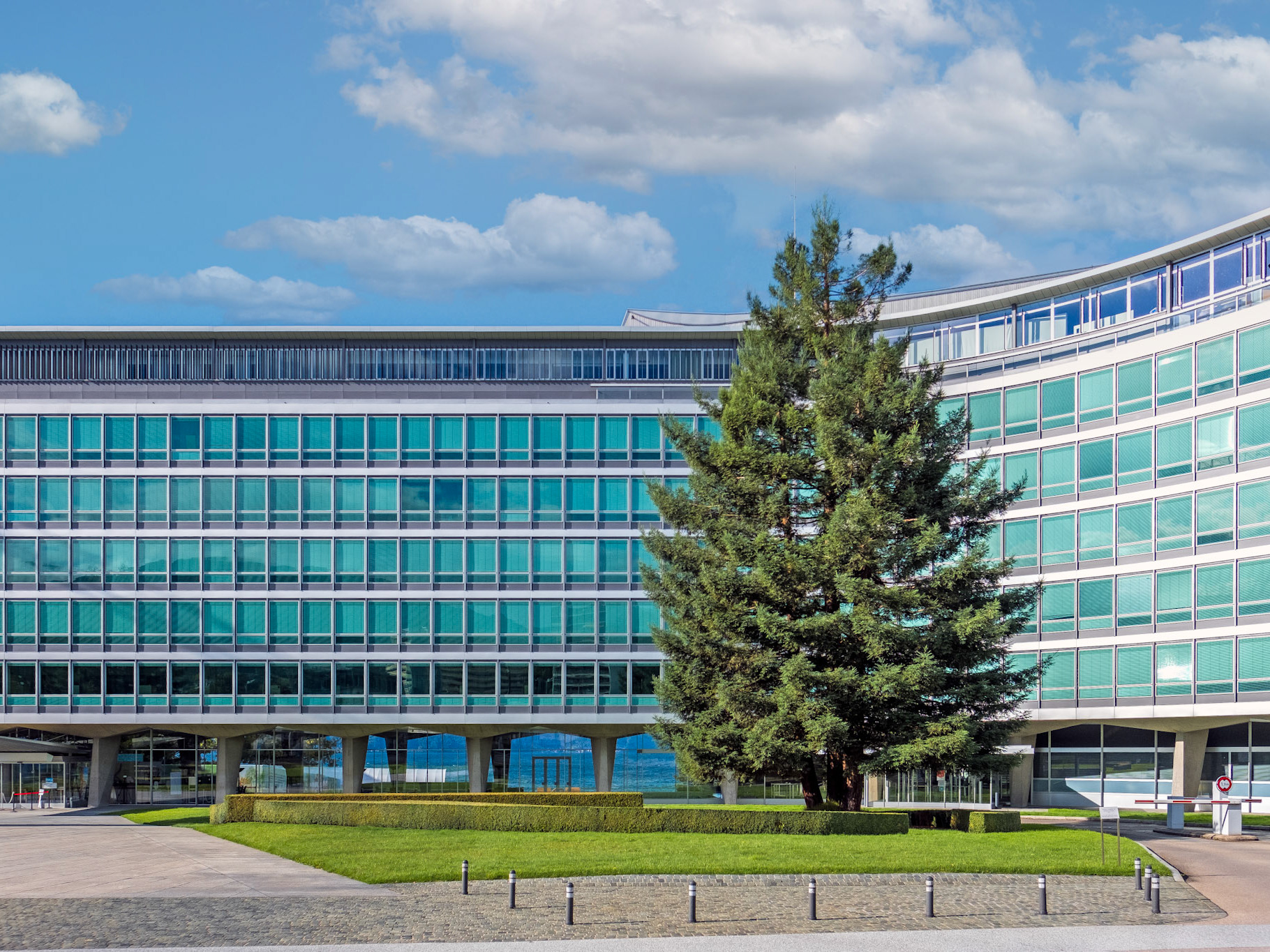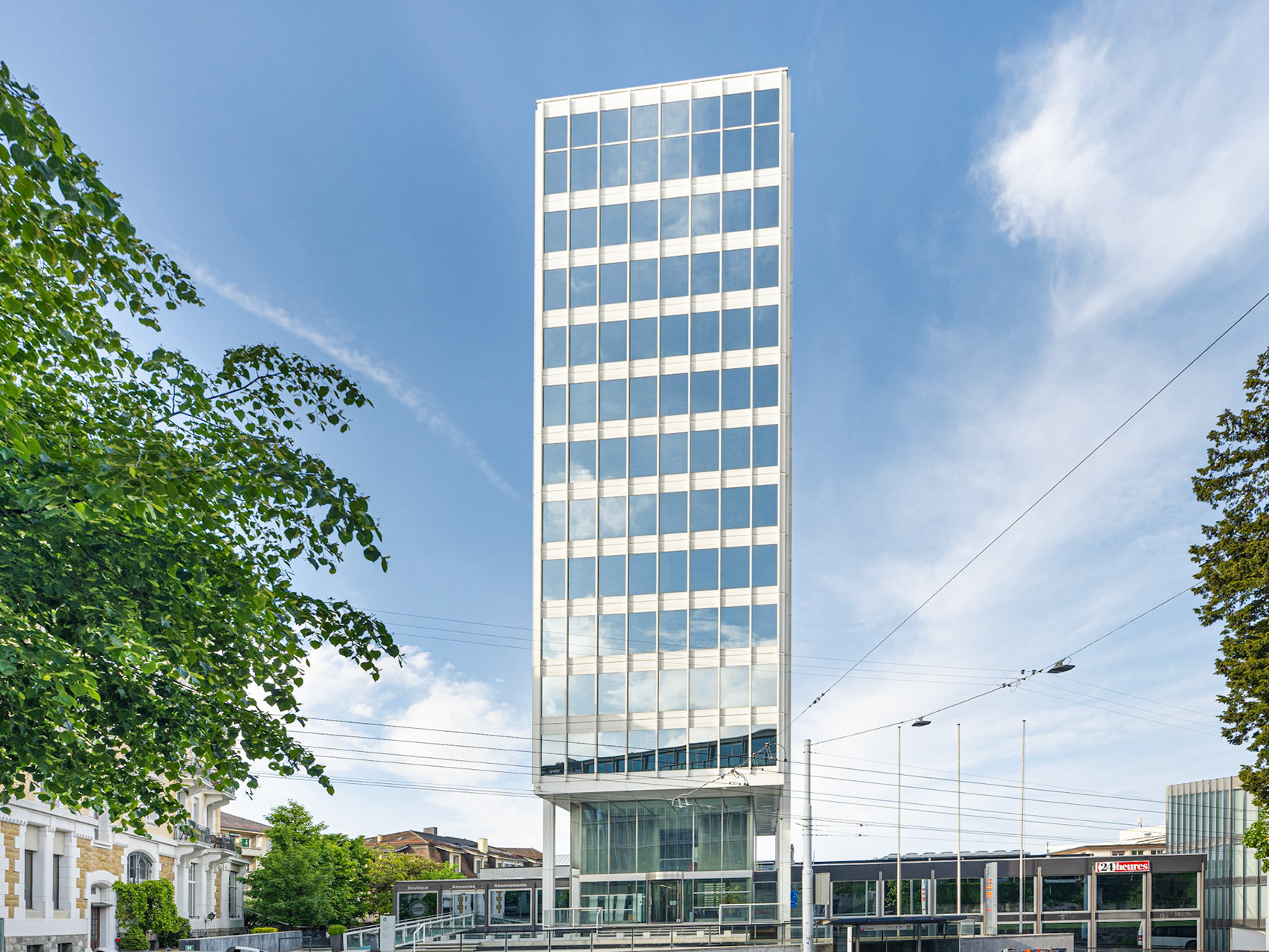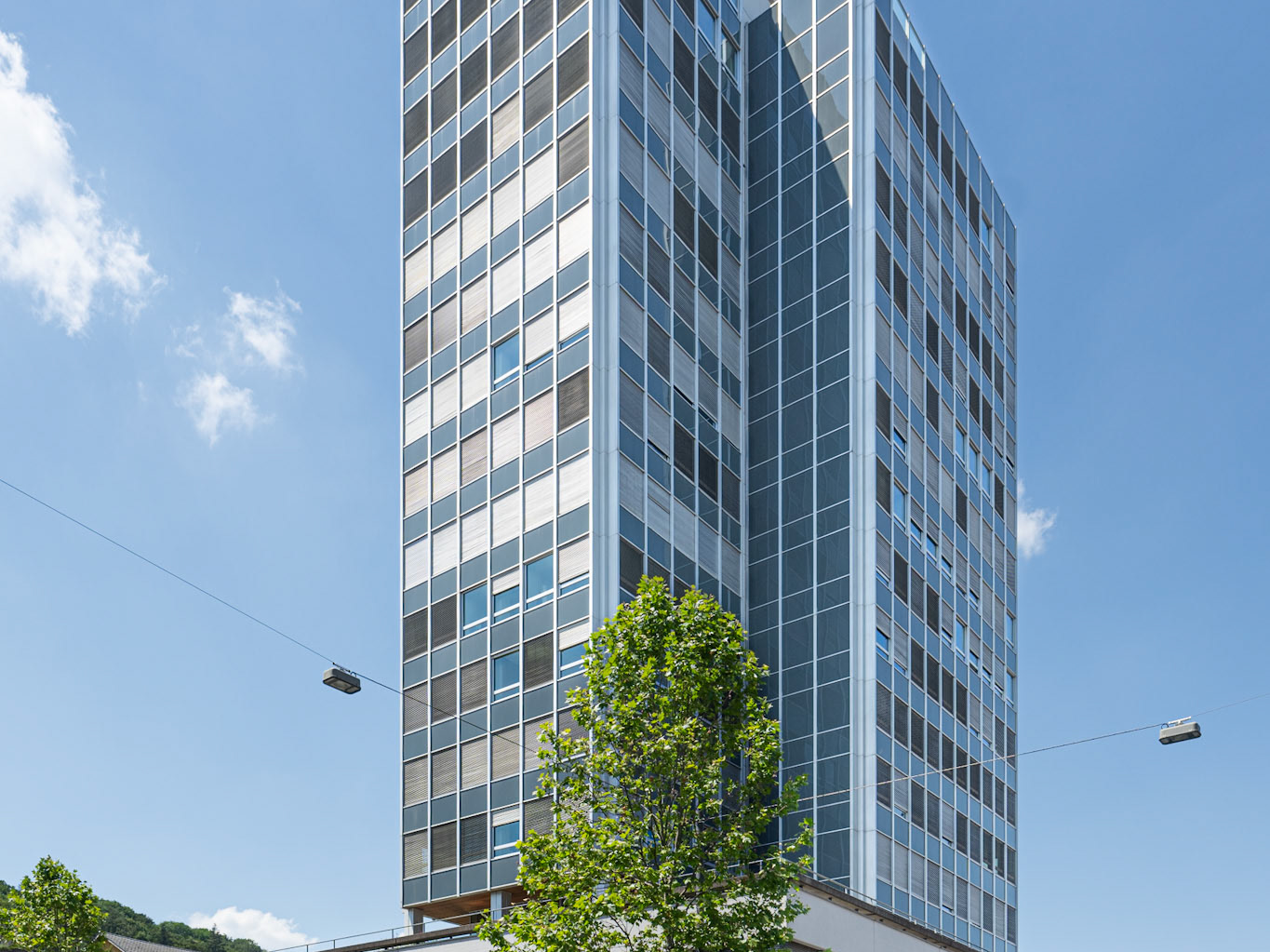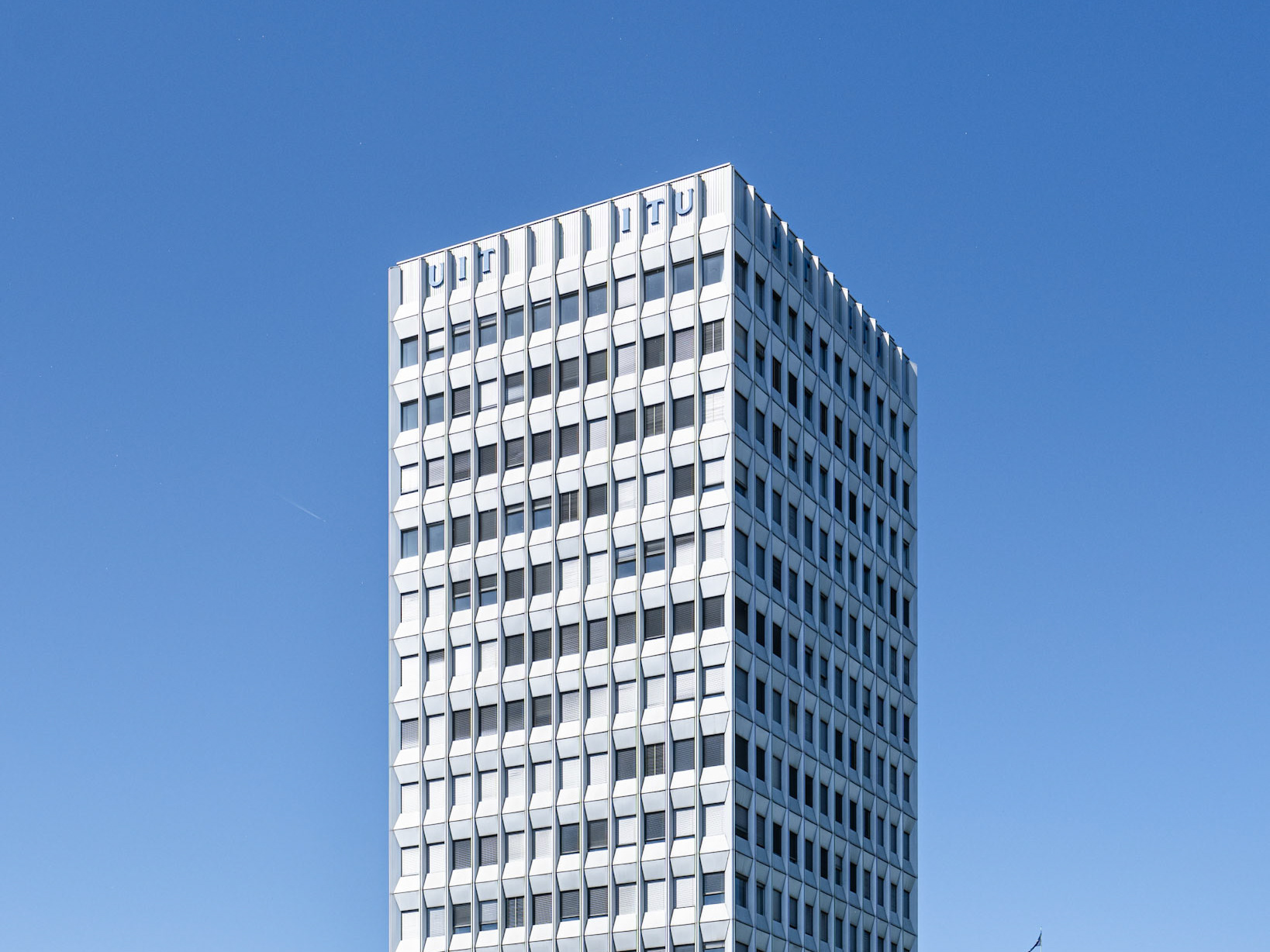






The International Style is a major architectural movement of the 20th century that emerged in the 1920s and 1930s, characterized by an emphasis on volume over mass, the use of lightweight industrial materials such as glass and steel, and a rejection of ornamentation. Rooted in the principles of modernism, it sought to create a universal architectural language that transcended regional and historical styles. Influenced by the Bauhaus, De Stijl, and Constructivism, the movement was shaped by architects such as Le Corbusier, Walter Gropius, and Ludwig Mies van der Rohe. Buildings in the International Style typically feature clean lines, open floor plans, and curtain walls, expressing structural clarity and functionalism. The term itself was popularized by the 1932 exhibition Modern Architecture: International Exhibition at the Museum of Modern Art in New York, curated by Philip Johnson and Henry-Russell Hitchcock.






